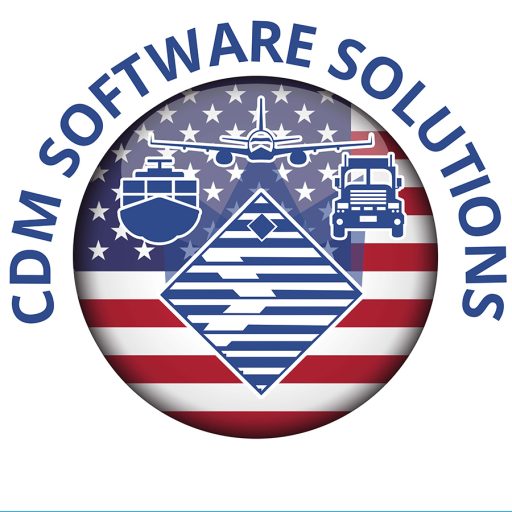The oil and gas industry, known for its complexity and inherent risks, places a premium on safety. Ensuring the well-being of personnel, protecting the environment, and safeguarding assets are paramount. By adhering to best safety practices, companies can mitigate risks, prevent accidents, and foster a culture of safety. Here are some of the best safety practices in the oil and gas industry:
- Comprehensive Safety Training Programs
Training and Education: A cornerstone of safety in the oil and gas industry is comprehensive training for all employees. Regular training programs should cover a wide range of topics, including hazard recognition, emergency response, equipment operation, and the use of personal protective equipment (PPE).
Continuous Learning: Implement continuous learning initiatives to keep the workforce updated on the latest safety procedures and technologies. This can include refresher courses, advanced training for specific roles, and simulations of emergency scenarios.
- Strict Adherence to Safety Standards and Regulations
Compliance with Regulations: Companies must adhere to national and international safety standards and regulations, such as those set by OSHA (Occupational Safety and Health Administration) in the U.S., or similar regulatory bodies worldwide. Compliance ensures that safety protocols are up to date and meet industry benchmarks.
Regular Audits and Inspections: Conduct regular safety audits and inspections to identify potential hazards and ensure compliance with safety regulations. This proactive approach helps in early detection of risks and implementation of corrective measures.
- Implementation of Safety Management Systems (SMS)
Systematic Approach: Implementing a Safety Management System (SMS) provides a structured approach to managing safety risks. An SMS integrates safety policies, procedures, and practices into daily operations, ensuring a systematic handling of safety issues.
Incident Reporting and Analysis: Encourage a culture of transparent incident reporting. Analyze incidents and near-misses to identify root causes and implement preventive measures. Learning from past incidents helps in avoiding future occurrences.
- Use of Advanced Technology and Safety Equipment
Innovative Technologies: Leverage advanced technologies such as IoT (Internet of Things) sensors, drones, and real-time monitoring systems to enhance safety. These technologies provide real-time data, enabling prompt detection and response to potential hazards.
Personal Protective Equipment (PPE): Ensure that all employees have access to and are trained in the proper use of PPE. Regularly inspect and maintain safety gear to ensure its effectiveness.
- Emergency Preparedness and Response Planning
Emergency Response Plans: Develop and regularly update comprehensive emergency response plans. These plans should outline procedures for various emergency scenarios, including fires, explosions, spills, and natural disasters.
Regular Drills: Conduct regular emergency drills to ensure that all personnel are familiar with the response procedures. Drills help in identifying gaps in the emergency plan and improving readiness.
- Promotion of a Safety Culture
Leadership Commitment: Leadership should demonstrate a strong commitment to safety, setting the tone for a safety-first culture. Visible and active involvement of management in safety initiatives reinforces the importance of safety.
Employee Involvement: Engage employees at all levels in safety programs. Encourage them to take ownership of safety, report hazards, and participate in safety committees. A collective approach to safety fosters a supportive and vigilant work environment.
- Health and Wellness Programs
Employee Health: Implement health and wellness programs to address the physical and mental well-being of employees. Regular health check-ups, stress management programs, and fitness initiatives contribute to a healthier and safer workforce.
Fatigue Management: Address issues of fatigue, particularly in operations requiring long hours or shift work. Implement fatigue management strategies such as adequate rest breaks, rotating shifts, and monitoring workloads.
- Environmental Protection and Sustainability
Environmental Safety: Focus on environmental safety by preventing spills, leaks, and other incidents that can harm the environment. Implement robust environmental management practices to minimize the ecological impact of operations.
Sustainability Initiatives: Promote sustainability by adopting eco-friendly practices, reducing emissions, and ensuring responsible resource management. Sustainable practices not only protect the environment but also enhance the company’s reputation and operational efficiency.
The oil and gas industry, with its unique challenges and risks, demands a rigorous approach to safety. By implementing best safety practices, companies can create a safer working environment, protect their workforce, and ensure the longevity and sustainability of their operations. Continuous improvement, technological innovation, and a strong safety culture are key to achieving excellence in safety performance.

